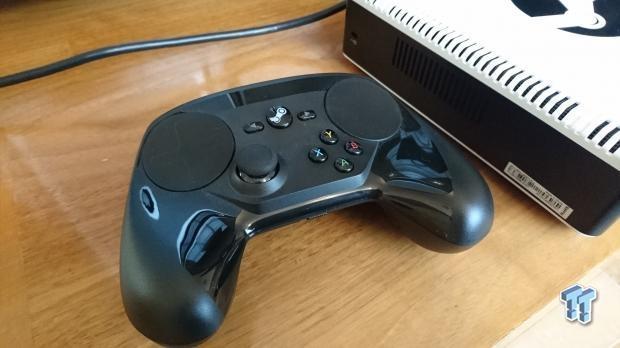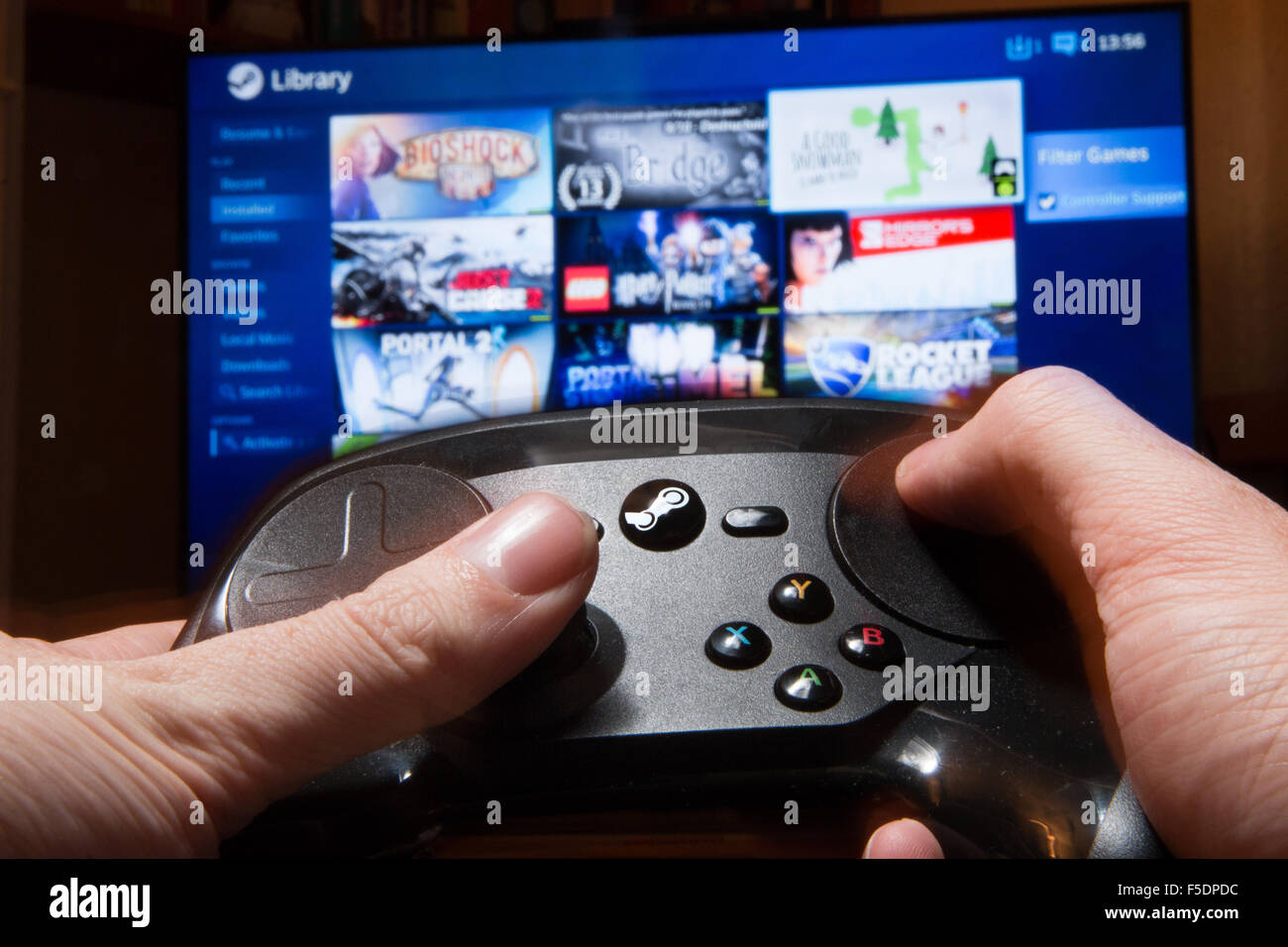

When the Steam Controller becomes a standard gamepad in player's living rooms, gamers will be able to create their own custom control schemes, save them to their Steam profiles, export and share them with the Steam Community.

To elaborate: While Valve's Steam Controller will likely be better suited to certain genres over others, that doesn't mean that someone won't come up with something brilliant and game changing. What is encouraging, though, is that so far only a small portion of the Steam community have used the controller, which means there wasn't much diversity between control schemes.
#Steam controller software virsiom Patch
At this point all you can do is report those instances when they come up, and work with Valve while they scan and patch every one of the thousands of games on the service. The other problem you might face are strange incompatibilities with other gamepads - I've heard of a few instances where using both an Xbox 360 gamepad and a Steam Controller confused the PC, or times when Steam Big Picture Mode treated the Controller like a less functional mouse instead of a controller. But everytime I put it head-to-head against a standard Xbox 360 controller, Microsoft's stock gamepad came out ahead. Now, that might not be true for other first-person shooters like Team Fortress 2 or Counter-Strike Global Offensive, or for someone who's had months and months of tinkering with control schemes, tweaking it until it's perfect. Games I really liked to play with a standard controller - The Binding of Isaac and TowerFall - weren't any better with the Steam Controller. Once I got the controller home, though, everything was different. It wasn't perfect, however, and definitely didn't have the same intuitive feel that the original Unreal Tournament had with a mouse and keyboard all those years ago. Using a touchpad to aim instead of a second stick took some getting used to, but with the help of what I believe was auto-aim assistance, I pulled through the fight with a slightly positive kill-to-death ratio.

Surprisingly, for my first time in a new game and on new hardware, I fared better than expected. Gabe Newell was the one walking me through the demo. But this wasn't the first time I've used the Controller, nor was it the first time someone gave me a demo of it.ĭuring a closed-door demo at GDC 2015, I was able to play the pre-alpha version of the new Unreal Tournament using the Steam Controller. Valve delivered mine after getting a demo from its design team at its headquarters in Seattle, Washington. Performanceįull disclosure: I've had the controller for around a month now. To my knowledge, there are no games that support either the gyroscope or accelerometer, but I'm sure it's a matter of time until someone capitalizes on the new functionality. Inside the controller are gyroscope and accelerometer sensors that Valve claims will enable you to steer in some games. It's unsymmetrical without a second stick and left me with the feeling of a phantom limb anytime I went to reach for something that wasn't there. The one control stick has a concave top, and a rubberized grip not dissimilar to the Xbox One's thumbsticks. They're made of plastic, as is the body of the controller, but have a smooth matte finish that makes it comfortable to run your fingers on top of. The left pad, inscribed with a d-pad, could be used for custom commands - calling in airstrikes in Battlefield, for example - or movement in most games, while the right stick seems solely used for looking around and controlling the camera. The vast majority of the controller's face is dominated by two circular pads, wired for haptic feedback. In the middle are the Steam jewel, start and back buttons. The front left is loaded with a control stick and haptic feedback-enabled touchpad, while the right side sports four familiar, colorful face buttons - A, B, X and Y - as well as another touchpad. The gamepad has 13 buttons, with seven on the front face and six in the rear. Where the original version we saw had four square center buttons and lacked face buttons, the final product is reverse.


 0 kommentar(er)
0 kommentar(er)
